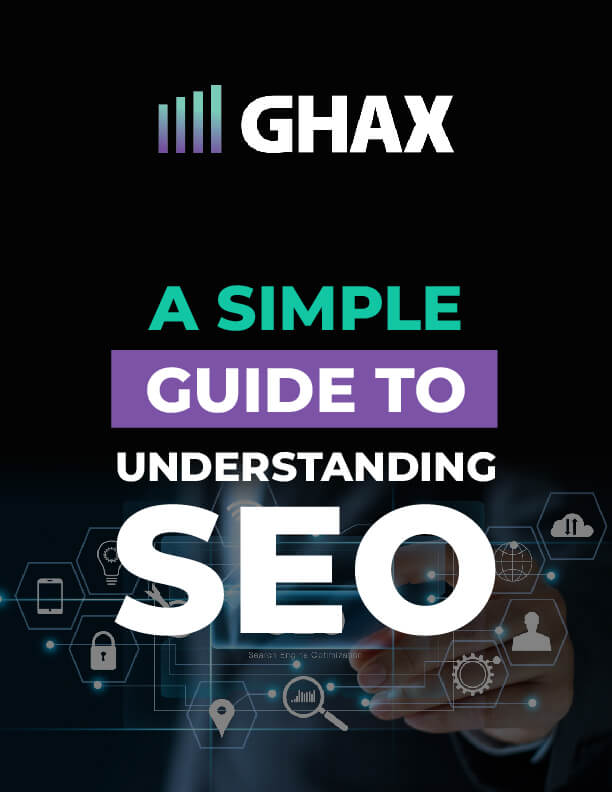You may find that the terms in search results are not precisely the same as the webpage when you start looking for anything on Google. There is a rationale for this minor discrepancy between the online title and the website content.
The proper header structure helps to index the page correctly on your site. Although you have great content, your material will not rank online if you do not employ the appropriate header tag structure or don’t include meta descriptions.
Here are some of the reasons why you should use head tag structure to boost your SEO rankings:
Define the Search Intent
People are constantly seeking a purposeful online search experience—one that will lead us to something we want to find or obtain. Searches may be related to finding locations, and for these, we use specific keywords.
As a result, it has become critical for search engine optimization (SEO) that a web page is optimized so that search engines may locate the specific subject it is about. Without delving too far into technical SEO, let us look at some of the main characteristics that help search engines comprehend your website.
Making Use of Title Tags
Every Google search result that you see uses a website’s Title Tags. The Title Tag can also be seen in the browser tab. It is generally not visible till the mouse cursor is moved over it. This may not seem significant, but consider how many tabs you have open in your browser. When there is a description in the Title Tag, it is much easier to determine which one is important.
The Context of Meta Descriptions
The Meta Description appears just after the site’s title. This is a tiny amount of information that Google gives the searcher to determine whether the page is worth visiting. Because it is tailored for search engine indexing, this text may differ from what is on the real page. Moreover, search phrases are usually highlighted, and the bolding helps the result appear more relevant and offers the visitor a preview of the page content.
Commanding Attention with H1 Headings
The Headline is sometimes referred to as the “Ad for the Ad” as it is meant to entice readers to read the content underneath the headline. In terms of SEO, headers serve a similar purpose for both Google and the page user and are organized into a hierarchy, beginning with H1, H2, H3 and ending with H6.
Sometimes the H1 header is known as the page title. Generally, it is the first thing a person sees upon entering a website and usually stands out in strong or larger fonts. It should offer a context for the page and should preferably contain some search query terms.
As you scroll further down, you will notice “subheadings” that are usually classified as H2 or H3 headings. This also allows your readers to divide material and make for a better reading experience.
Conclusion
These SEO methods are designed to achieve better results from Google and Search Engine (SERP) pages. You can use tools like Yoast SEO to help you create accurate meta descriptions and titles, as well as publishing information that is relevant to users and add value to your website. The more useful your content, the higher your website will rank in search results.
Are you looking for SEO services? GHAX can help your business turn your marketing dollars into cash flow with digital marketing strategies that will skyrocket your business growth. Connect with us for a free strategy session today!




